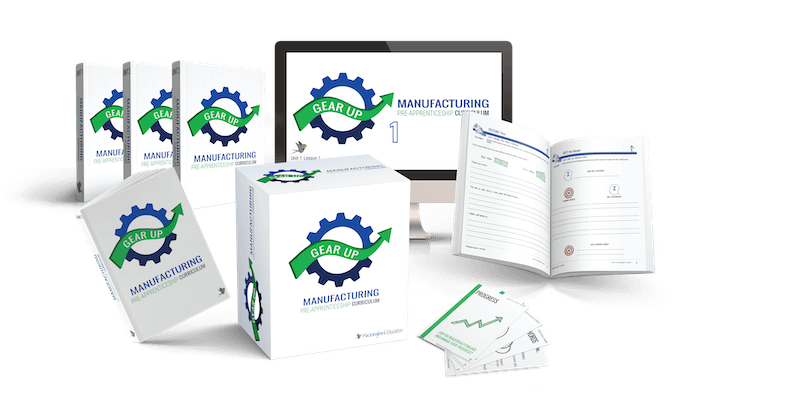Unit 5
Overview
Unit 5 contains Lesson 1 and Lesson 2.
This unit will cover the process of ensuring the production of quality products. This includes oversight of the roles and responsibilities of employees, documentation of processes, and inspection of products in production. Right angle geometry will be incorporated with math skills tied to reading blueprints, sketches, and verifying product dimensions. Learners will solve mathematical problems as machinists and tool and die makers with an emphasis on building integrity as a workplace value.

